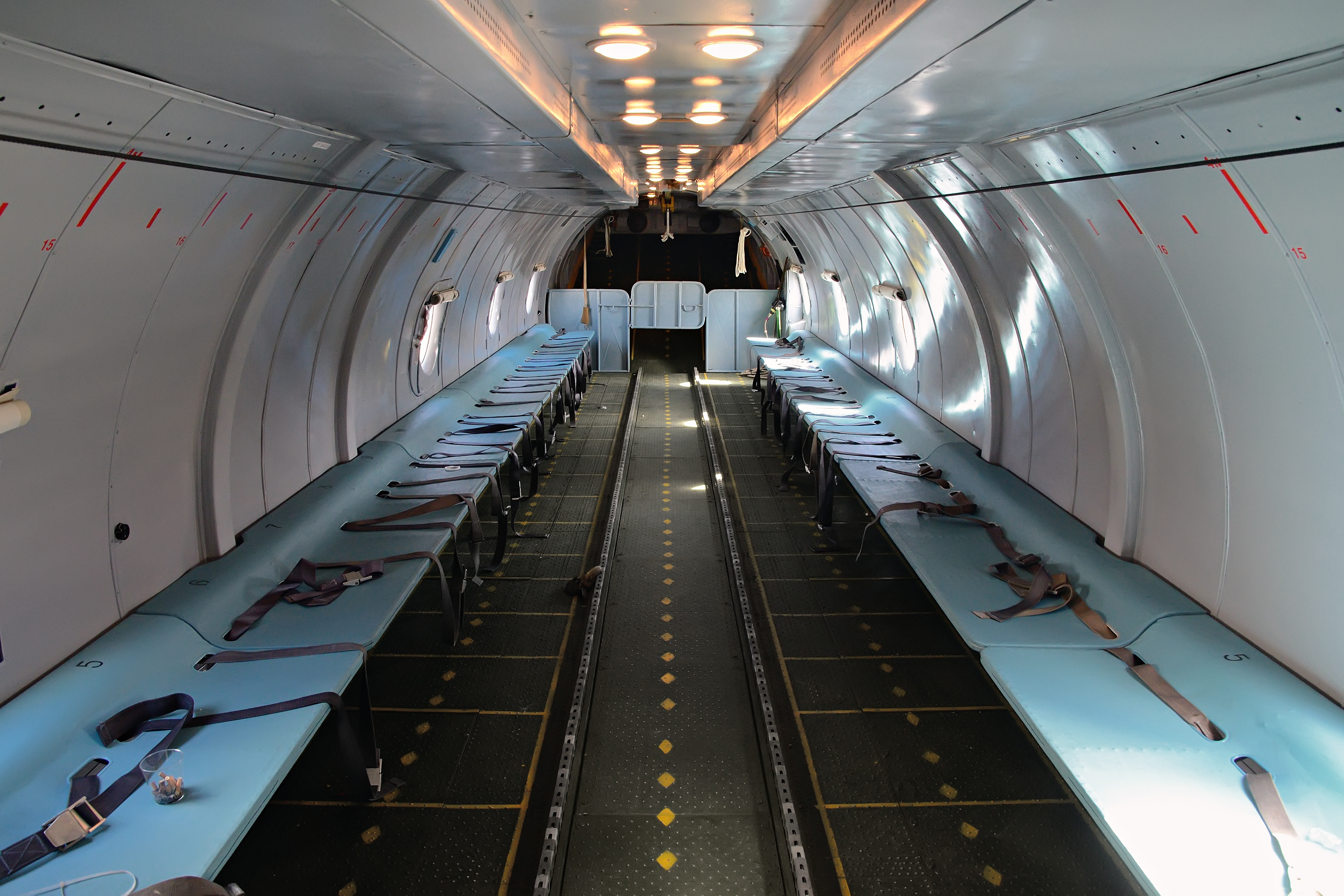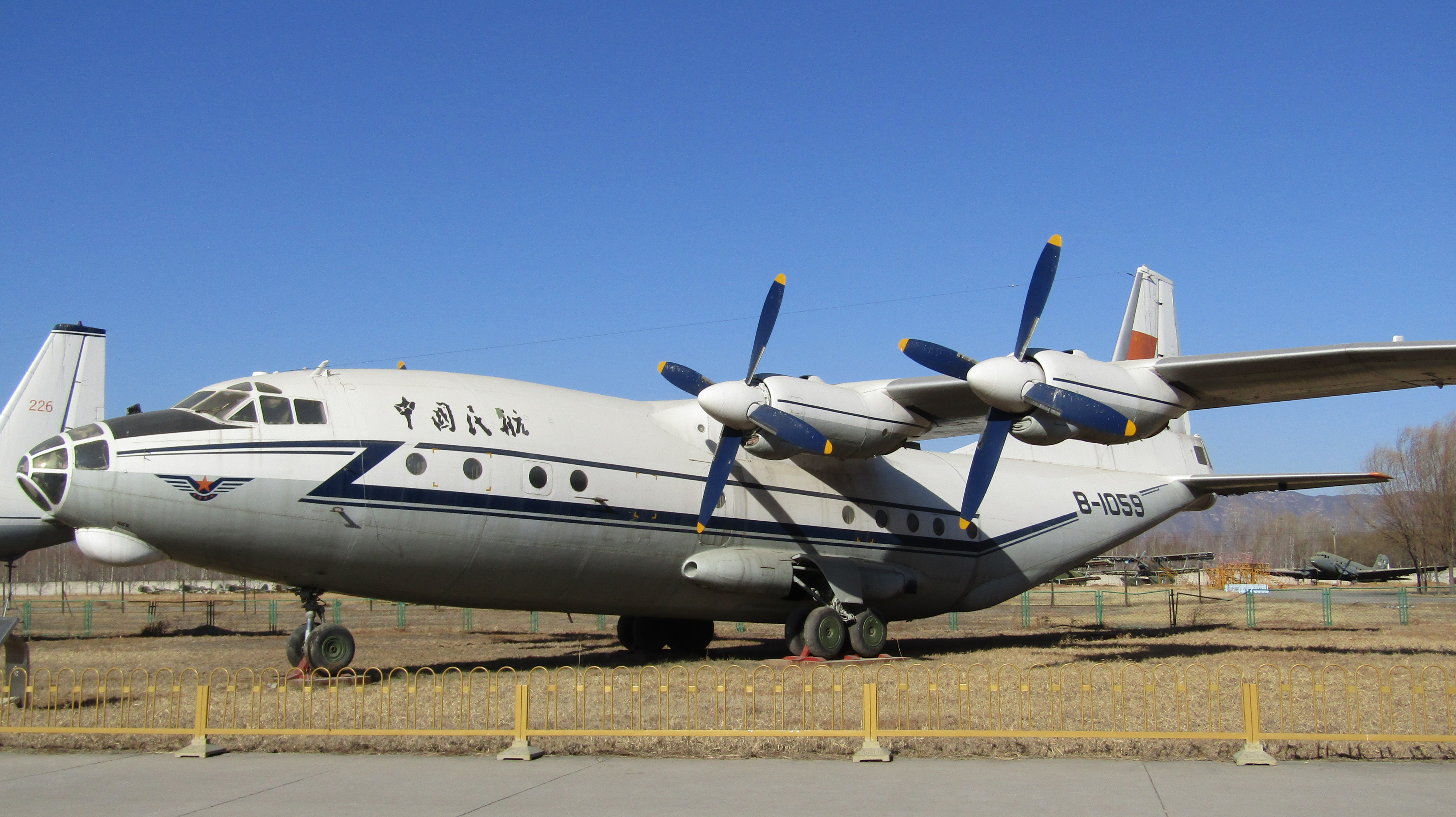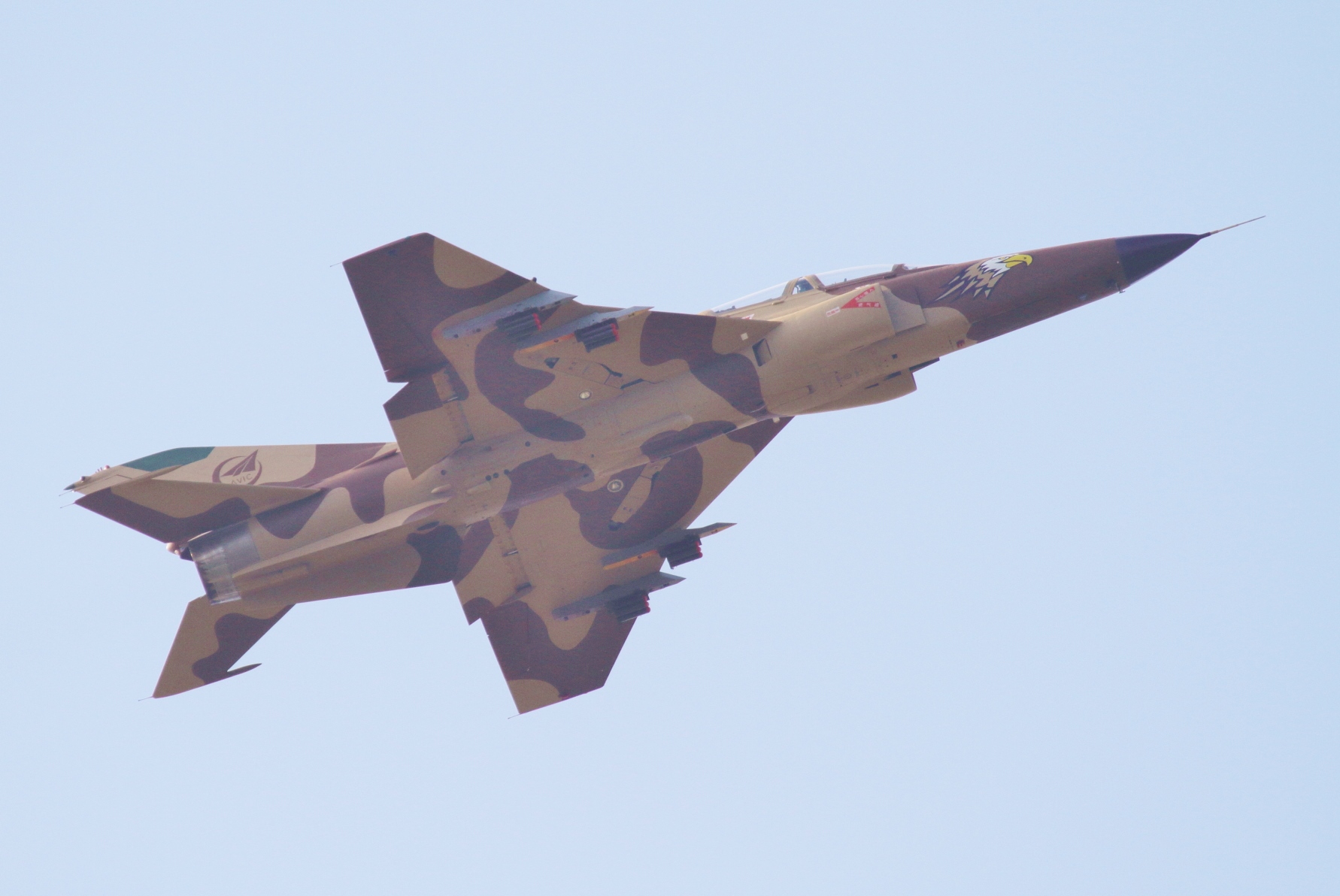|
Sudan Air Force
The Sudanese Air Force ( ar, القوّات الجوّيّة السودانيّة, Al-Quwwat al-Jawwiya As-Sudaniya) is the air force operated by the Republic of the Sudan. As such it is part of the Sudanese Armed Forces. History The Sudanese Air Force was founded immediately after Sudan gained independence from the United Kingdom in 1956. The British assisted in the Air Force's establishment, providing equipment and training. Four new Hunting Provost T Mk 51s were delivered for jet training in 1961. In 1958, the Sudanese Air Force's transport wing acquired its first aircraft, a single Hunting President. In 1960 the Sudanese Air Force received an additional four re-furbished RAF Provosts and two more Hunting Presidents. Also in 1960, the transport wing's capability was increased by the addition of two Pembroke C Mk 54s. The Air Force gained its first combat aircraft when 12 Jet Provosts with a close air support capability were delivered in 1962. In the 1960s, the Soviet Unio ... [...More Info...] [...Related Items...] OR: [Wikipedia] [Google] [Baidu] |
Roundel Of Sudan
A roundel is a circular disc used as a symbol. The term is used in heraldry, but also commonly used to refer to a type of national insignia used on military aircraft, generally circular in shape and usually comprising concentric rings of different colours. Other symbols also often use round shapes. Heraldry In heraldry, a ''roundel'' is a circular charge. ''Roundels'' are among the oldest charges used in coats of arms, dating from at least the twelfth century. Roundels in British heraldry have different names depending on their tincture. Thus, while a roundel may be blazoned by its tincture, e.g., ''a roundel vert'' (literally "a roundel green"), it is more often described by a single word, in this case ''pomme'' (literally "apple", from the French) or, from the same origins, ''pomeis''—as in "Vert; on a cross Or five pomeis". One special example of a named roundel is the fountain, depicted as ''a roundel barry wavy argent and azure'', that is, containing alternating hori ... [...More Info...] [...Related Items...] OR: [Wikipedia] [Google] [Baidu] |
Chengdu J-7
The Chengdu J-7 (Chinese: 歼-7; third generation export version F-7; NATO reporting name: Fishcan) is a People's Republic of China fighter aircraft. It is a license-built version of the Soviet Mikoyan-Gurevich MiG-21, and thus shares many similarities with the MiG-21. The aircraft is armed with short-range, infrared homing air-to-air missiles and mainly designed for short range air-to-air combat. The aircraft is also used for close air support. On 30 March 1962, the Soviet Union and China signed a technology transference arrangement pertaining to the MiG-21. Allegedly, while various kits, components, completed aircraft and associated documents were delivered to the Shenyang Aircraft Factory, the design documentation was incomplete, and Chinese designers made efforts to reverse engineer the aircraft. While the two aircraft are greatly similar, areas of difference include the hydraulic systems and internal fuel arrangements. During March 1964, domestic production of the J- ... [...More Info...] [...Related Items...] OR: [Wikipedia] [Google] [Baidu] |
An-26
The Antonov An-26 (NATO reporting name: Curl) is a twin-engined turboprop civilian and military transport aircraft, designed and produced in the Soviet Union from 1969 to 1986.Gordon, Yefim. Komissarov, Dmitry & Sergey. "Antonov's Turboprop Twins". Hinkley. Midland. 2003. Development While the An-24T tactical transport had proved successful in supporting Soviet troops in austere locations, its ventral loading hatch restricted the handling of cargo, and in particular vehicles, and made it less effective than hoped in parachuting men and supplies. As a result, interest in a version with a retractable cargo ramp increased, and the Antonov design bureau decided in 1966 to begin development on the new An-26 derivative, in advance of an official order. The cargo ramp was based on that design and allowed the cargo deck to be sealed and pressurised in flight. When loading cargo, it could either be lowered to allow vehicles to be driven in, or slid beneath the aircraft's fuselage, so th ... [...More Info...] [...Related Items...] OR: [Wikipedia] [Google] [Baidu] |
An-12
The Antonov An-12 ( Russian: Антонов Ан-12; NATO reporting name: Cub) is a four-engined turboprop transport aircraft designed in the Soviet Union. It is the military version of the Antonov An-10 and has many variants. For more than three decades the An-12 was the standard medium-range cargo and paratroop transport aircraft of the Soviet air forces. A total of 1,248 were eventually built. Design and development Developed from the Antonov An-8, the An-12 was a military version of the An-10 passenger transport. The first prototype An-12 flew in December 1957 and entered Soviet military service in 1959. Initially, the aircraft was produced at the State Aviation Factory in Irkutsk. From 1962, production was transferred to Tashkent, where 830 were built. Later, production moved to Voronezh and Kazan. In military use, the An-12 has capacity for up to 100 fully equipped paratroopers or 20,000 kg (44,090 lb) of cargo, which is loaded through the rear loading ramp/door. ... [...More Info...] [...Related Items...] OR: [Wikipedia] [Google] [Baidu] |
Il-76
The Ilyushin Il-76 (russian: Илью́шин Ил-76; NATO reporting name: Candid) is a multi-purpose, fixed-wing, four-engine turbofan strategic airlifter designed by the Soviet Union's Ilyushin design bureau. It was first planned as a commercial freighter in 1967, as a replacement for the Antonov An-12. It was designed to deliver heavy machinery to remote, poorly served areas. Military versions of the Il-76 have been widely used in Europe, Asia and Africa, including use as an aerial refueling tanker or command center. The Il-76 has seen extensive service as a commercial freighter for ramp-delivered cargo, especially for outsized or heavy items unable to be otherwise carried. It has also been used as an emergency response transport for civilian evacuations as well as for humanitarian aid and disaster relief around the world. Due to its ability to operate from unpaved runways, it has been useful in undeveloped areas. Specialized models have also been produced for aerial firefi ... [...More Info...] [...Related Items...] OR: [Wikipedia] [Google] [Baidu] |
Guizhou JL-9
The Guizhou JL-9, also known as the FTC-2000 Mountain Eagle (), is a family of two-seat supersonic advanced jet trainer and light combat aircraft developed by the Guizhou Aviation Industry Import/Export Company (GAIEC) for the People's Liberation Army Air Force (PLAAF) and the People's Liberation Army Naval Air Force (PLANAF). Development The FTC-2000 started as a GAIEC private venture to develop an inexpensive trainer for fourth generation aircraft. The trainer was revealed at the 2001 China International Aviation & Aerospace Exhibition. The aircraft are reported to be produced at a GAIC assembly line in Anshun, Guizhou. The FTC-2000, as the JL-9, competed with the Hongdu JL-10 to meet the advanced trainer requirements of the PLAAF and PLANAF. The JL-10 is more technologically advanced, but also more expensive, than the JL-9. In 2013, both had entered production. A carrier-landing trainer variant was revealed by Chinese state media in 2011. Designated the JL-9G, it has ... [...More Info...] [...Related Items...] OR: [Wikipedia] [Google] [Baidu] |
Hongdu JL-8
The Hongdu JL-8 (Nanchang JL-8), also known as the Karakorum-8 or K-8 for short, is a two-seat intermediate jet trainer and a light attack aircraft designed in the People's Republic of China by China Nanchang Aircraft Manufacturing Corporation. The primary contractor is the Hongdu Aviation Industry Corporation. Development The JL-8 trainer was proposed as a joint cooperation effort between the governments of Pakistan and the People's Republic of China in 1986. The name was changed on the suggestion of Pakistan's then President Zia ul Haq to Karakoram-8 to represent the friendship between the two countries. Work on the design started in 1987 at Nanchang Aircraft Manufacturing Company (NAMC) at Nanchang, Jiangshi Province in South Central China. The Chinese chief designer of the aircraft was Shi Ping (), heading a team of over 100 Chinese Engineers, while Air Cdr Muhammad Younas Tbt (M), SI(M) was the chief designer from the Pakistani side leading a team of over 20 Pakistani e ... [...More Info...] [...Related Items...] OR: [Wikipedia] [Google] [Baidu] |
Mil Mi-35
The Soviet and later Russian Mil Mi-24 helicopter has been produced in many variants, as described below. History In 1966, Soviet aircraft designer Mikhail Mil created a mock-up design of a new helicopter (derived from the Mil Mi-8) which was made with the intent of fulfilling both the role of a close air support aircraft as well as being able to transport infantry into combat. This prototype design was designated the V-24, and in 1968 a directive was given to proceed with the development of the helicopter. The Mi-24 went from the drawing board to the first test-flights in less than eighteen months, with the first models being delivered to the Soviet Armed Forces for evaluation in 1971. As a result of the speedy development, the initial Mi-24 variants had a number of problems: lateral roll, weapon sighting issues, and a limited field of view for the pilot. A later redesign of the Mi-24's front section solved most of these problems. List of variants ;A-10: Designation given to ... [...More Info...] [...Related Items...] OR: [Wikipedia] [Google] [Baidu] |
Mil Mi-24
The Mil Mi-24 (russian: Миль Ми-24; NATO reporting name: Hind) is a large helicopter gunship, attack helicopter and low-capacity troop transport with room for eight passengers. It is produced by Mil Moscow Helicopter Plant and has been operated since 1972 by the Soviet Air Force and its successors, along with 48 other nations. In NATO circles, the export versions, Mi-25 and Mi-35, are denoted with a letter suffix as "Hind D" and "Hind E". Soviet pilots called the Mi-24 the "flying tank" (russian: летающий танк, letayushchiy tank, links=no), a term used historically with the famous World War II Soviet Il-2 ''Shturmovik'' armored ground attack aircraft. More common unofficial nicknames were "Galina" (or "Galya"), "Crocodile" (russian: Крокодил, Krokodil, links=no), due to the helicopter's camouflage scheme, and "Drinking Glass" (russian: Стакан, Stakan, links=no), because of the flat glass plates that surround earlier Mi-24 variants' cockpits. ... [...More Info...] [...Related Items...] OR: [Wikipedia] [Google] [Baidu] |
Bell 212
The Bell 212 (also known as the ''Twin Two-Twelve'') is a two-blade, medium helicopter that first flew in 1968. Originally manufactured by Bell Helicopter in Fort Worth, Texas, United States, production was moved to Mirabel, Quebec, Canada in 1988, along with all Bell commercial helicopter production after that plant opened in 1986. The 212 was marketed to civilian operators and has up to a 15-seat capacity, with one pilot and fourteen passengers. In cargo-carrying configuration the 212 has an internal capacity of 220 ft3 (6.23 m3). An external load of up to 5,000 lb (2,268 kg) can be carried. Development Based on the stretched fuselage Bell 205, the Bell 212 was originally developed for the Canadian Forces as the ''CUH-1N'' and later redesignated as the '' CH-135''. The Canadian Forces took delivery of 50 starting in May 1971. At the same time the United States military services ordered 294 Bell 212s under the designation UH-1N. By 1971, the Bell 212 ha ... [...More Info...] [...Related Items...] OR: [Wikipedia] [Google] [Baidu] |
Bell 205
The Bell 204 and 205 are the civilian versions of the UH-1 Iroquois single-engine military helicopter of the Huey family of helicopters. They are type-certificated in the transport category and are used in a wide variety of applications, including crop dusting, cargo lifting and aerial firefighting. Development Bell designed its ''Model 204'' in response to a 1955 United States Army requirement for a utility helicopter. The 204 was a giant step forward in helicopter design, being one of the first to be powered by a turboshaft. The turboshaft engine radically improved the practicality of the helicopter due to its light weight and high power-to-weight ratio, lower fuel consumption, and lower maintenance and operating costs. The use of a turboshaft in the 204 allowed it to carry a useful payload over respectable ranges and at reasonable speeds, which resulted in the 204 and subsequent 205 becoming the most successful western helicopter series in terms of numbers built.Frawley ... [...More Info...] [...Related Items...] OR: [Wikipedia] [Google] [Baidu] |
Mil Mi-2
The Mil Mi-2 (NATO reporting name Hoplite) is a small, three rotor blade Soviet-designed multi-purpose helicopter developed by the Mil Moscow Helicopter Plant designed in the early 1960s, and produced exclusively by WSK "PZL-Świdnik" in Poland. Design and development The Mi-2 was produced exclusively in Poland, in the WSK "PZL-Świdnik" factory in Świdnik. The first production helicopter in the Soviet Union was the Mil Mi-1, modelled along the lines of the S-51 and Bristol Sycamore and flown by Mikhail Mil's bureau in September 1948. During the 1950s it became evident, and confirmed by American and French development, that helicopters could be greatly improved with turbine engines. S. P. Isotov developed the GTD-350 engine and Mil used two of these in the far superior Mi-2. The twin shaft-turbine engines used in the Mi-2 develop 40% more power than the Mi-1's piston engines, for barely half the engine weight, with the result that the payload was more than doubled. Th ... [...More Info...] [...Related Items...] OR: [Wikipedia] [Google] [Baidu] |



_(2).jpg)






